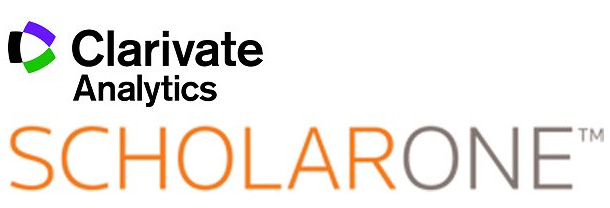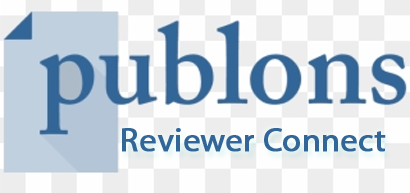Solubility and Solubility Enhancement Techniques: A Comprehensive Review
Abstract
Solubility, defined as the phenomenon of a solute dissolving in a solvent to form a homogeneous system, is one of the key criteria for achieving the correct drug concentration in systemic circulation for the intended (expected) pharmacological response. As a result, despite their potential pharmacokinetic action, low water solubility of medicines is a key limiting factor in the successful introduction of many novel treatments on the market. The rate of dissolving of solids, the pace and amount of absorption, and the achievement of target drug concentration in systemic circulation for intended pharmacological response are all affected by the aqueous solubility of the medication. Enhancing the medication’s solubility, dissolution rate, and bioavailability are a difficult challenge in drug development; roughly, 40% of novel chemical entities found today are poorly water-soluble medicines. This article examines numerous solid dispersion methods and concepts, as well as drug selection criteria, advantages and disadvantages, characterization, and application.
Downloads
Downloads
Published
How to Cite
Issue
Section
License

This work is licensed under a Creative Commons Attribution-NonCommercial 4.0 International License.
This is an Open Access article distributed under the terms of the Attribution-Noncommercial 4.0 International License [CC BY-NC 4.0], which requires that reusers give credit to the creator. It allows reusers to distribute, remix, adapt, and build upon the material in any medium or format, for noncommercial purposes only.







